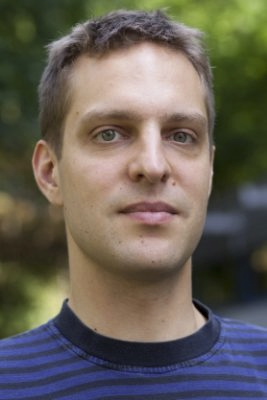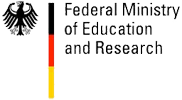| Foto | First Name | Last Name | Position |
|---|---|---|---|
 |
Klaus | Hildebrandt | Applies Geometry |
 |
Matthias | Hullin | Computational Transient Imaging |
 |
Ivo | Ihrke | Generalized Image Acquisition and Analysis |
 |
Andreas | Karrenbauer | Discrete Optimization |
 |
Michael | Kerber | Topological and Geometric Computing |
 |
Haricharan | Lakshman | Immersive Video |
 |
Hendrik | Lensch | General Appearance Acquisition |
 |
Hendrik | Lensch | General Appearance Acquisition |
 |
Yangyan | Li | Semantic Reconstruction from Point Cloud |
 |
Markus | Magnor | Graphics - Optics - Vision |
Researcher
 |
Dr. Michael Zollhöfer |
Visual Computing, Deep Learning and Optimization
| Name of Research Group: | Visual Computing, Deep Learning and Optimization |
| Homepage Research Group: | web.stanford.edu/~zollhoef |
| Personal Homepage: | zollhoefer.com |
| Mentor Saarbrücken: | Hans-Peter Seidel |
| Mentor Stanford: | Pat Hanrahan |
| Research Mission: | The primary focus of my research is to teach computers to reconstruct and analyze our world at frame rate based on visual input. The extracted knowledge is the foundation for a broad range of applications not only in visual effects, computer animation, autonomous driving and man-machine interaction, but is also essential in other related fields such as medicine and biomechanics. Especially, with the increasing popularity of virtual, augmented and mixed reality, there comes a rising demand for real-time low latency solutions to the underlying core problems. My research tackles these challenges based on novel mathematical models and algorithms that enable computers to first reconstruct and subsequently analyze our world. The main focus is on fast and robust algorithms that approach the underlying reconstruction and machine learning problems for static as well as dynamic scenes. To this end, I develop key technology to invert the image formation models of computer graphics based on data-parallel optimization and state-of-the-art deep learning techniques. The extraction of 3D and 4D information from visual data is highly challenging and under-constraint, since image formation convolves multiple physical dimensions into flat color measurements. 3D and 4D reconstruction at real-time rates poses additional challenges, since it involves the solution of unique challenges at the intersection of multiple important research fields, namely computer graphics, computer vision, machine learning, optimization, and high-performance computing. However, a solution to these problems provides strong cues for the extraction of higher-order semantic knowledge. It is incredibly important to solve the underlying core problems, since this will have high impact in multiple important research fields and provide key technological insights that have the potential to transform the visual computing industry. In summer 2019 Michael Zollhöfer joined Facebook. |
Researcher
- Name of Researcher
- Li, Yangyan
- Homepage of Research Group
- First Name
- Yangyan
- Last Name
- Li
- Foto

- url_foto
- Homepage
- Phone
- Position
- Semantic Reconstruction from Point Cloud
- Mentor in Saarbruecken
- Hans-Peter Seidel
- Mentor in Stanford
- Leo Guibas
- Categories
- Former Groups
- Research Mission
- Point cloud data is a very important source for reconstructing the 3D geometry of underlying objects. Recent advances in 3D scanner technology opened the door to easy acquisition and access of point cloud data for the masses, where not only the geometry recovery, but also the semantic reconstruction, are critical for serving applications in various domains. We are interesting in semantic reconstruction from point cloud. We argue that the hidden semantics are often more resistant to acquisition errors, which once recovered can be beneficial to the reconstruction of 3D geometry. More specifically, we are interested in semantic reconstruction of growing plants from 4D point cloud (analyze and detect the growth events), indoor scene from live RGBD scanning (interactively extract and recognize indoor scene objects during the scanning). The semantic reconstruction will create effective representation and enable high-level abstraction and manipulation of underlying objects.
- mission_rtf
- Name of Research Group
Personal Info
- Photo

- Website, Blog or Social Media Link



